It’s hard to think of a math concept more important to upper elementary students than teaching fractions. Unfortunately, many students, even adults, have a difficult time understanding fractions. For many students, fractions are where they begin to struggle with math. The concept of fractions seem strange and contradictory when compared to their early work with whole numbers. To compound the problem, many students are rushed through a chapter or two on fractions that do not allow students to explore and develop critical fraction sense.
How to Use This Post
This post is not designed to be your one stop shop for teaching fractions. There’s no way anyone can do that in a single blog post, video, book, or conference. Instead, think of this post as your starting place for teaching fractions. I’ve compiled my fraction favorites into this one spot and you can use this as a starting place. This is a working blog post where I will continuously add new blog posts and resources.
Introducing Fractions
The bulk of these lessons are interchangeable between third and fourth grade. The importance of these foundational lessons cannot be overemphasized. Students are not ready for more advanced fraction lessons until they have multiple opportunities to develop an authentic understanding of fractions. In this post, I share about equal parts, fraction symbols, parts & wholes, and sharing tasks. You can get started here.
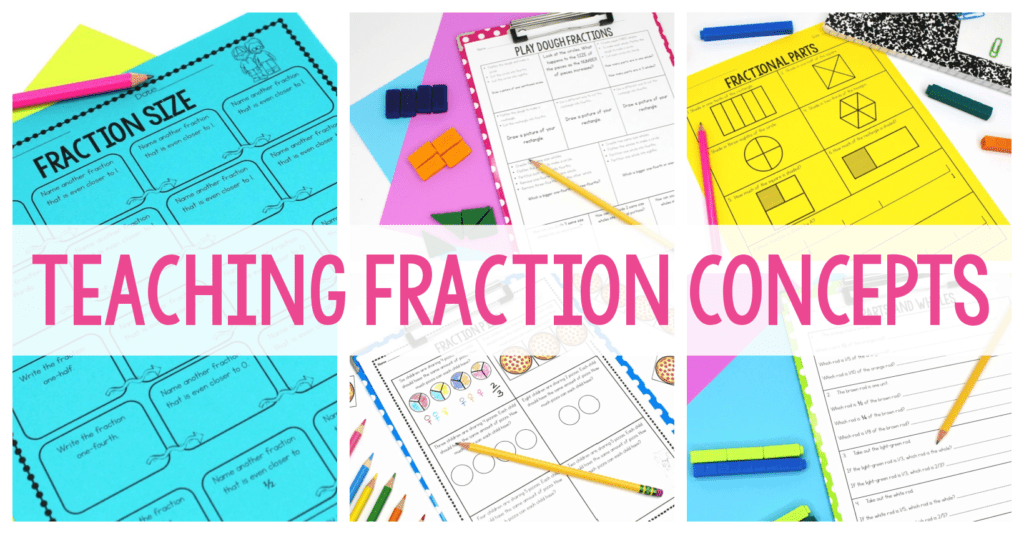
Fractions on a Number Line
Fractions on a number line can be tricky, but it’s such an important concept for students to understand. In this post, I’ll share my favorite lessons into breaking this down into manageable pieces for students. You can find that post here.
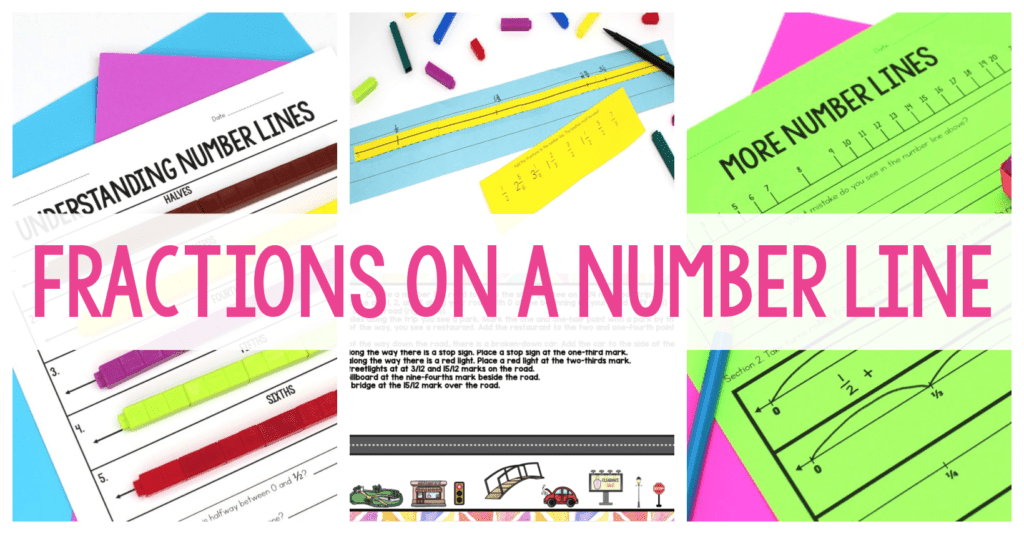
Equivalent Fractions
In this blog post, you’ll see how to teach students to identify and generate equivalent fractions. There are hands-on lessons for third and fourth grade students.
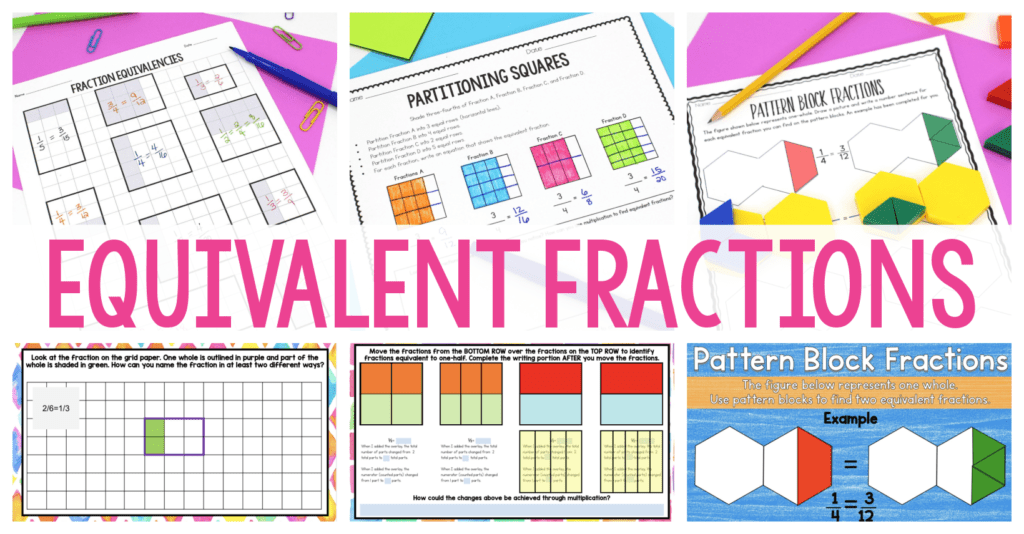
Comparing Fractions
This post shares ideas for teaching students how to compare fractions in third grade with common numerators or denominators and in fourth grade with unlike numerators and denominators. You can find that post here.
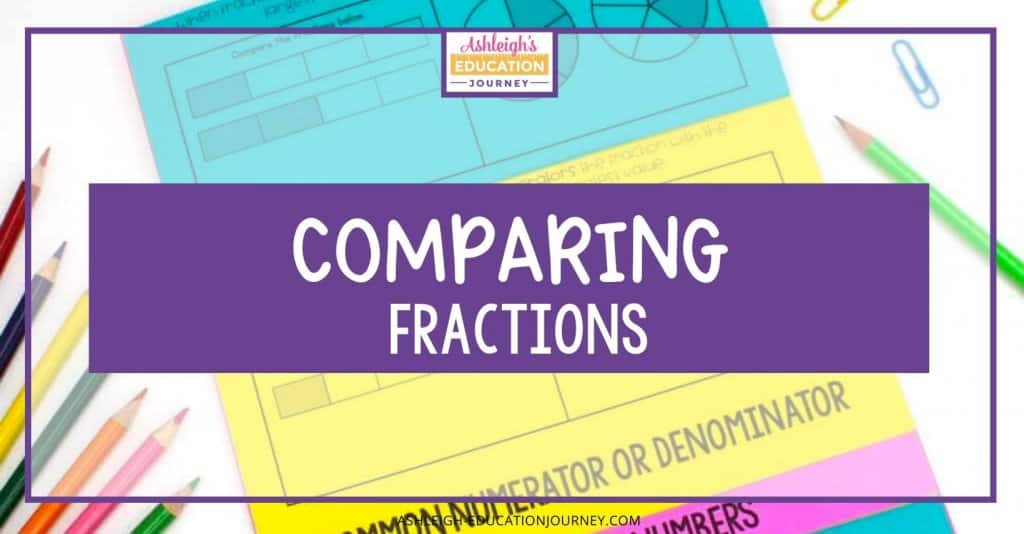
Adding and Subtracting Fractions
In this post, I share ways to teach adding and subtracting fractions with common numerators. There are hands-on, engaging lessons that support problem solving.
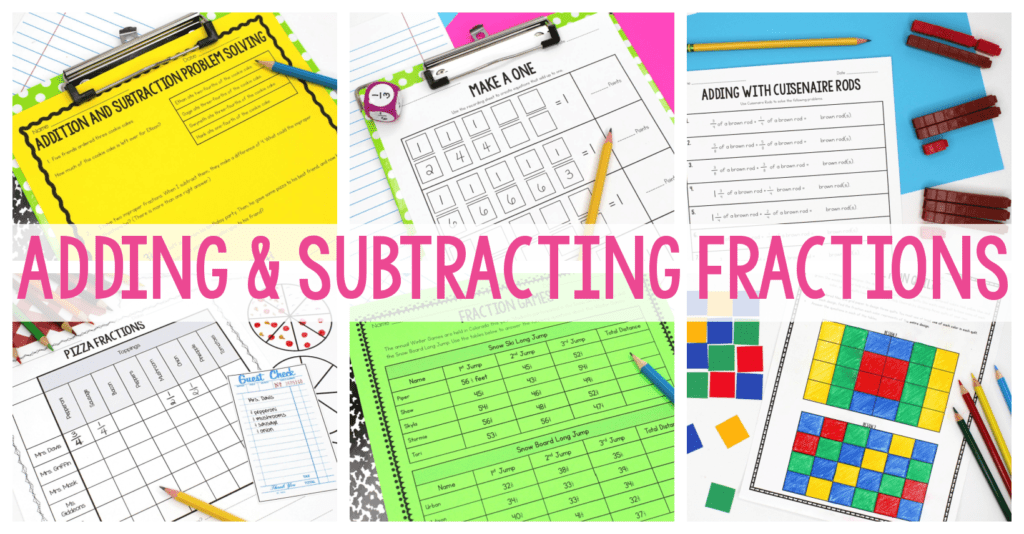
Multiplying Fractions by a Whole Number
When you throw the terms “multiply” and “fractions” in the same standard, it can sound a bit daunting. Fortunately, if students have a sound understanding of multiplication and fractions, this is somewhat natural for students. This post includes some of my favorite lessons for teaching students to multiply fractions by whole numbers.
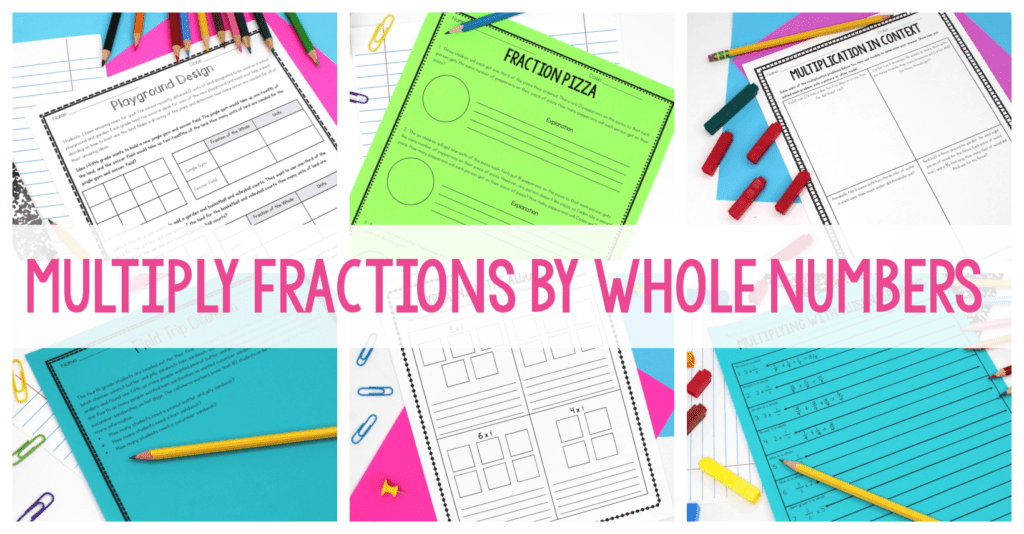
Resources for Teaching Fractions
To wrap up, I have dozens of resources to help you when teaching fractions on TpT, so take a look!

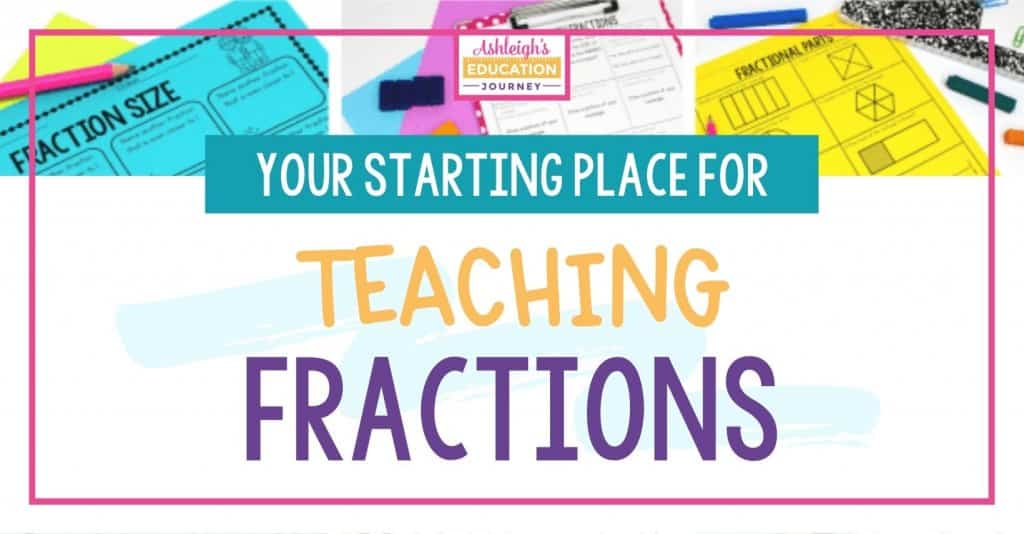


These are some of the best ways to teach fractions. It presents some solid facts that cannot be forgotten in learner’s mind.